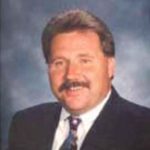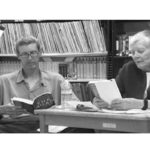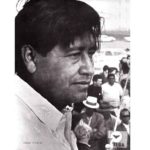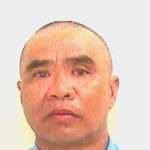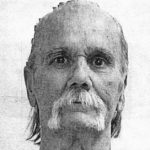Editor’s Note: This copyrighted story is reprinted with the permission of The Marin Independent Journal A veteran of the state corrections system has … [Read more...]
Archives for March 2011
Burton School Principal Bids Farewell to S.Q.
San Quentin’s principal, Ted Roberts, an educational trailblazer, retired from his post after 27 years of service with the California Department of … [Read more...]
Judy Breen Leaves S.Q.
For the past dozen years, Judy Breen was a beloved and familiar literary presence at San Quentin. “I will miss all of you…I hope that men will not be … [Read more...]
Remembering Caesar Chavez
As a young child I marched with Caesar Chavez in 1966 from Delano to Sacramento. My uncles were farm workers in the central valley in the 1960s and … [Read more...]
S.Q. Veterans Say Goodbye to One of Their Brothers
Joe Diggs was a friend, father and a mentor to the men of San Quentin. He left this world honorably in a ceremony befitting a soldier who served his … [Read more...]
OBITUARY
It seems like yesterday, seeing Phousaykeo “Luong” Sapsourivong busy cleaning the showers for the men in North Block. It was a job that Luong quietly … [Read more...]
Don Specter Brings the Fight to the U.S. Supreme Court
Editor’s Note: Excerpts of this story are reprinted with the permission of The Pacific Sun. Don Specter has spent his entire legal career fighting on … [Read more...]
Veteran Brings Joy to Children at San Quentin
Vietnam Veteran and Hell’s Angels William Mclean was instrumental in bringing joy and smiles to the children of the incarcerated by purchasing … [Read more...]
Obituaries
San Quentin resident Jimmy Chapman was remembered as a friend and a good man. Chapman worked in Prison Industry (PIA) for over nine years. Douglas … [Read more...]
Kairos Leader Passes
A volunteer leader of the Kairos program at San Quentin died April 16 at his Santa Rosa home of Leukemia at the age of 80. He was Robert “Bob” A. … [Read more...]
